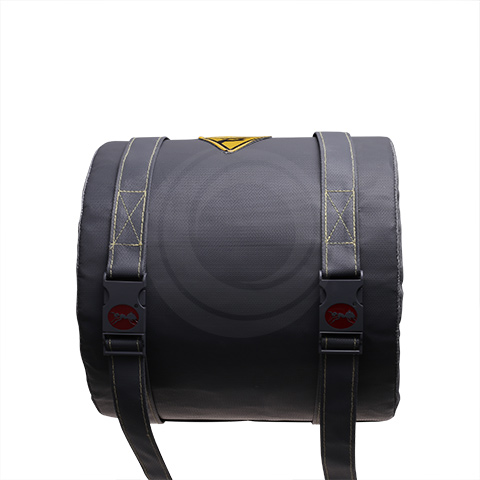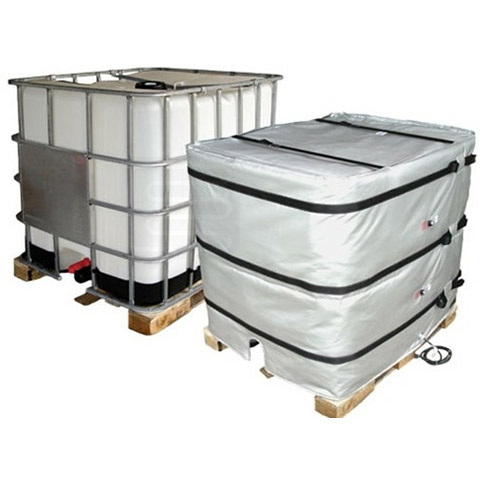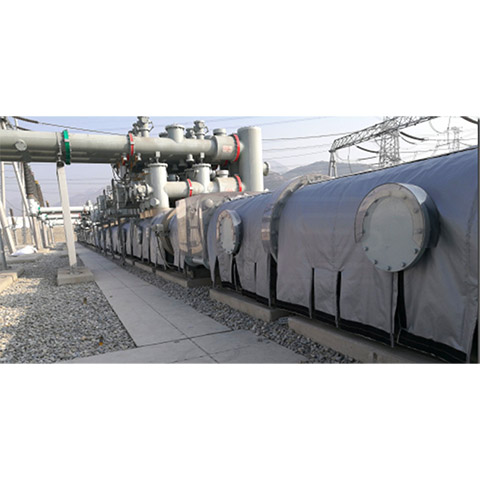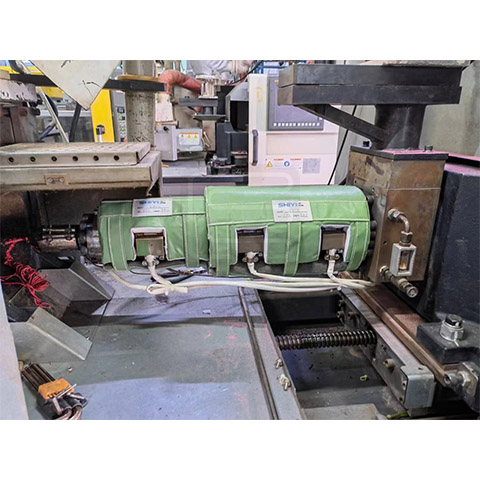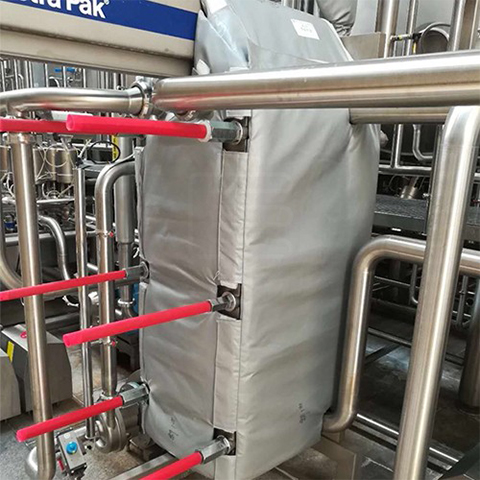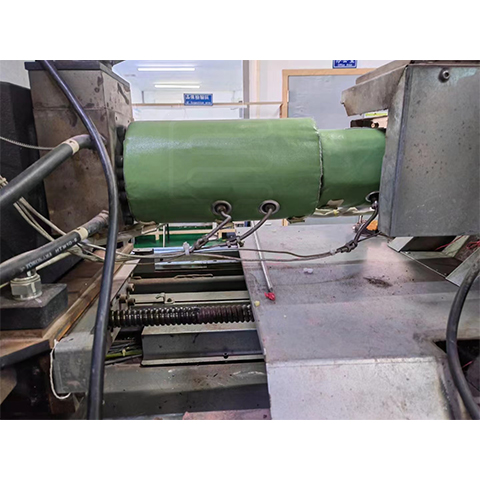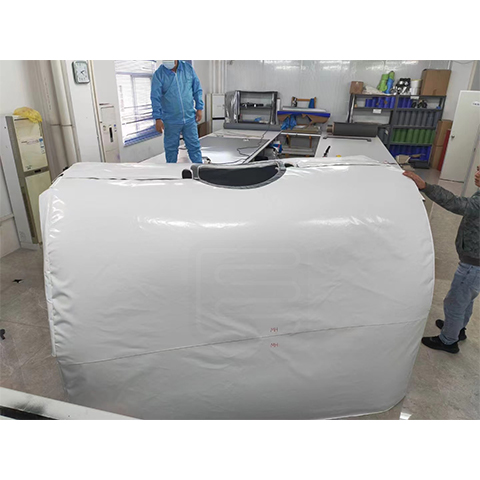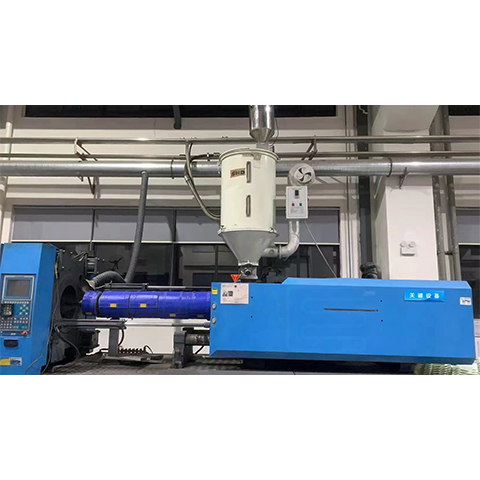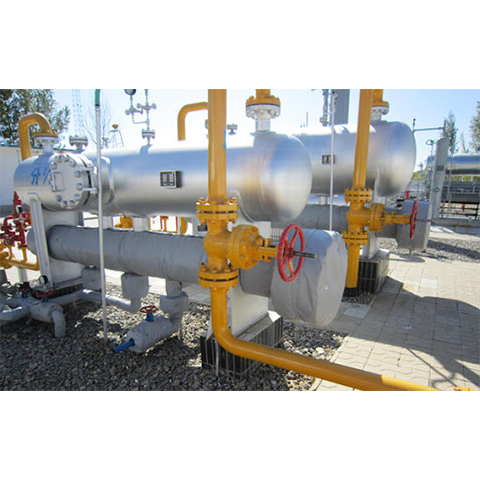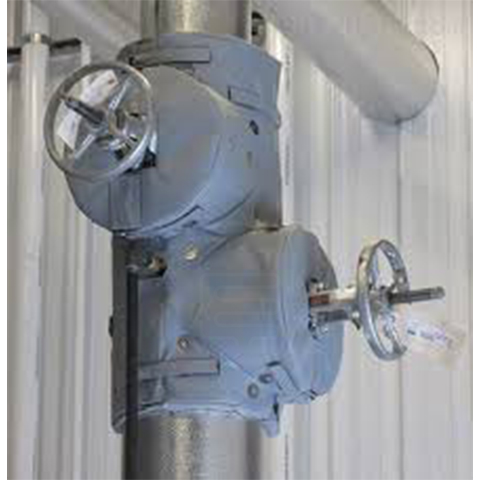Insulation Jackets | Removable | Customizable
Insulation Jackets in the consumption of a lot of energy Valves, boilers, Injection molding machines and other types of heat dissipation equipment, is a coat that can play a role in heat insulation and heat preservation. The installation of insulation jackets on equipment can prevent heat dissipation (energy loss) of pipes and valves, resulting in significant savings in electricity and fuel costs.
From the measurement of the equipment, to the sewing and installation of the insulation jackets, all of these we can do for you. We use heat-resistant materials that can be used in a wide range of temperature zones from low to high temperatures, and can be processed for dust- resistance and water-resistance depending on the application. We do not use adhesives, adhesives and phenolic resins.
Our products include flexible detachable insulation jackets, shaped equipment insulation jackets, valve insulation jackets, Pipe Insulation jackets, plate Heat Exchanger insulation jackets, injection molding machine insulation jackets, reactor insulation jackets, tank insulation jackets, robot protective clothing, elbow insulation jackets, flange insulation jackets, etc., widely used in laboratory, paper making, pharmaceutical, etc. Food and beverage, plastic machinery, petrochemical, metallurgical power, building kiln, tobacco pharmaceutical, Marine aviation, HVAC and Refrigeration Equipment and other fields of thermal equipment and various pipelines. Especially suitable for equipment requiring repeated disassembly and maintenance.
Types of Insulation Jackets
According to the different requirements of insulation temperature, Removable Insulation Jackets can be divided into the following types:
- Low Temperature/Antifreeze Type Insulation Jackets (-70 ° C to -50 ° C): This type of insulation jackets is mainly used for equipment that needs cold resistance and antifreeze, such as Instrumentation in winter power plants, petroleum, chemical, water plants, etc. It can also be equipped with an electric heat tracing system to provide better cold and freeze protection.
- Medium Temperature Insulation Jackets (-30 ° C to 250 ° C): medium temperature insulation cover is the most widely used type, commonly found in all kinds of valve insulation cover, heat exchanger insulation cover, sight mirror insulation cover, manhole insulation cover, brewery, beverage factory sugar pot cover insulation cover, etc., suitable for chemical, petroleum, food and other industries.
- High-Temperature Insulation Jackets (200℃ to 600℃) : high-temperature insulation jackets is suitable for equipment requiring high temperature resistance, such as high temperature valves, meters, Heat Exchangers in steam systems, as well as plastic extruder insulation jackets, injection molding machine gun insulation jackets, etc.
- Ultra-high Heat Jacket (600 ° C to 1000 ° C): This type of heat jacket is commonly used in exhaust systems, such as those of engineering vehicles, ships and trains. The installation of ultra-high temperature insulation jackets can effectively insulate equipment and reduce the risk of fire caused by high temperature exhaust pipes.
Temperature Range and Applicable Materials
| Temperature Range | Applicable Materials |
| Over 1000℃ | High Silica Fiber/AES Fiber/Alumina Fiber |
| 500~1000℃ | High Silica/Heat Resistant Glass Fiber |
| 250~500℃ | Glass Fiber |
| -20~250℃ | Silicon Coated/PTFE Coated Glass Fiber |
| -20~100℃ | Fiberglass with Aluminum Foil |
Characteristics of the Insulation Jackets
- The core insulation is silica aerogel, which is the best material in the world with thermal conductivity as low as 0.018W/m· K and temperature resistance of 1200°C.
- The bottom surface adopts HSO, which can work at 800°C for a long time without aging, and has metal mesh protection to effectively avoid damage caused by violent disassembly.
- The end surface is made of high temperature cloth with reinforced coating, and the temperature is 800℃.
- The strapping straps are sewn with high strength Kevlar for durability.
- The whole is sewn with high-strength SS high-temperature thread, which is not brittle and broken under 800℃C for a long time.
- Cast aluminum metal buckle, durable, easy to disassemble.
- The surface has a low emissivity F4 coating, and oil, water, non-stick leakage, temperature resistance of 400°C.
Custom Requirements
Because most of the thermal insulation jackets are customized according to the requirements of the user, if you need to customize, it is best to provide the following parameters:
- Size of the insulated body
- Use environment
- Maximum and minimum temperature required
- Corrosion resistance requirements
- Overall thickness and installation method
- Other requirements

